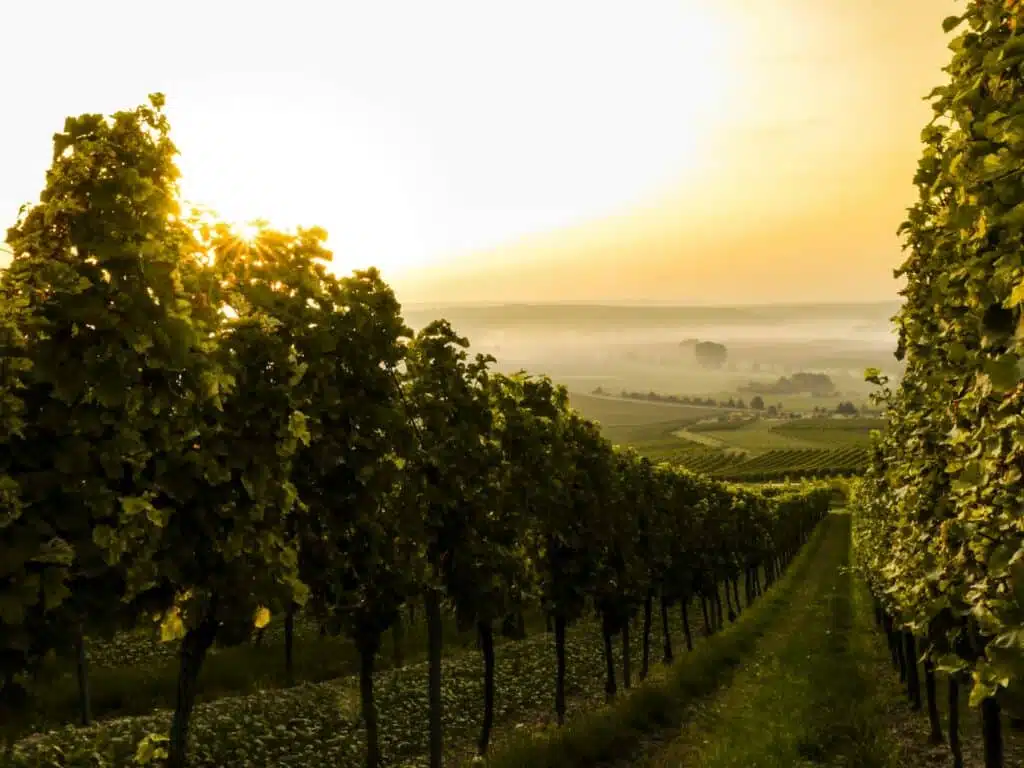Introduction
Wine is one of the oldest and most popular drinks in the world. Over the centuries, its consumption has evolved according to various factors such as demographic changes, consumer preferences, technological advances and economic fluctuations.
In this article, we’ll take a look at the evolution of global wine consumption, highlighting recent trends and presenting some insights for the future.
1. History of world wine consumption
Since ancient times, wine has played an important role in cultures around the world. However, it should be noted that consumption patterns have experienced significant variations over time. For example, in past centuries, wine was often seen as an exclusive drink reserved for the social elite.
However, over the years, the democratization of wine consumption has led to an increase in its popularity among a wider audience.

2. Current trends in world wine consumption
a) Consumption growth in emerging countries:
While traditional wine markets in Europe and North America are stagnating, emerging countries such as China, India and Brazil are experiencing significant growth in wine consumption. Factors such as urbanization, increasing disposable income and the influence of Western cultures contribute to this expansion.
b) Evolution of consumer preferences:
Modern consumers are increasingly open to exploring new varieties of wine from different regions of the world. Organic and natural wines are also growing in popularity, reflecting the growing interest in more sustainable and environmentally friendly products.
c) Ramp-up of online sales:
The advent of e-commerce has transformed the way consumers buy wine. Online platforms offer greater accessibility and a wider range of wines available, allowing consumers to explore and choose from a multitude of options. This trend has also contributed to the growth in sales of wines from smaller producers and lesser-known regions.
3. Prospects for the future of world wine consumption
a) Sustainability and social responsibility:
With increased awareness of environmental and social issues, consumers are increasingly inclined to support sustainable practices in the wine industry. Producers who implement organic or biodynamic viticulture practices, reducing their carbon footprint and supporting local communities, are likely to gain consumer appeal.
b) Market diversification:
As some traditional markets reach a state of saturation, new opportunities are emerging in regions such as Southeast Asia, Latin America and Africa. These growing markets offer significant development potential for wine producers around the world.
c) Innovation and technology:
The wine industry is increasingly embracing technological advances to improve production quality, product traceability and consumer experience. Technologies such as artificial intelligence, the Internet of Things (IoT) and blockchain have the potential to transform the entire wine value chain.
Conclusion
The evolution of world wine consumption is a complex phenomenon that reflects social, economic and environmental changes on a global scale. As traditional markets evolve, new players emerge and new trends develop.
Sustainability, market diversification and technological innovation are key areas to watch for wine producers and industry players. By anticipating these trends and adapting to changing consumer preferences, the wine industry can thrive in a dynamic and competitive future.
Discover the Wikeeps innovation
In order to meet the new needs of wine consumption, whether at home or in the catering sector, WIKEEPS exports its range of products dedicated to the preservation and service of wine by the glass all over the world.
Optimize your tasting experience with WIKEEPS solutions and fully enjoy every sip of wine.


